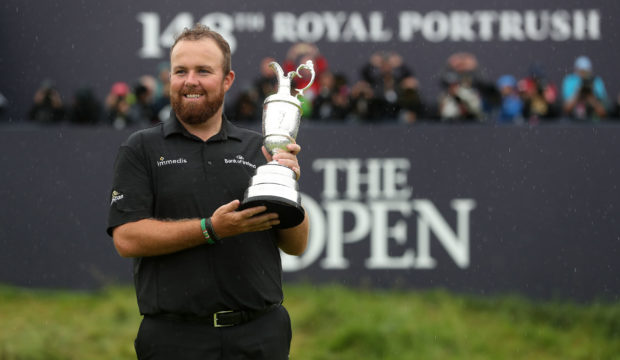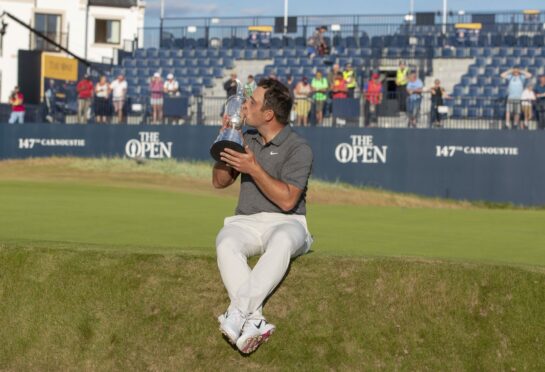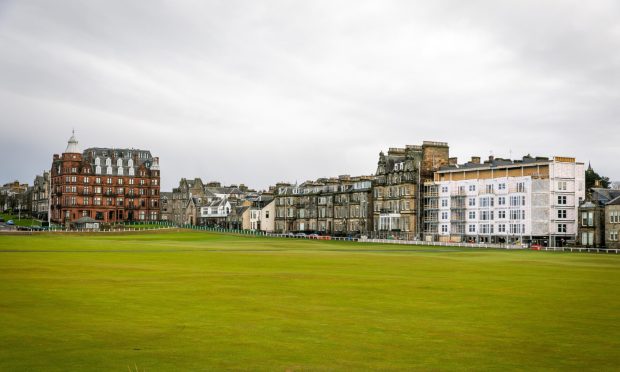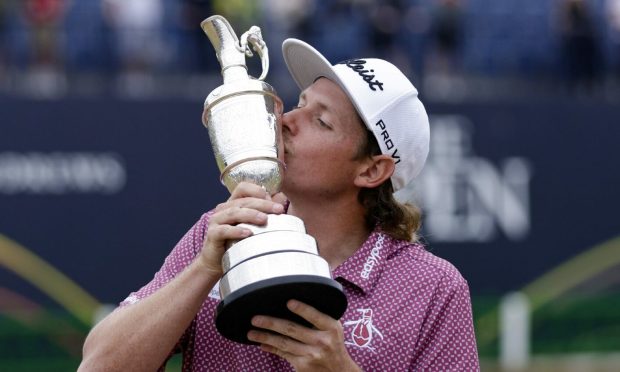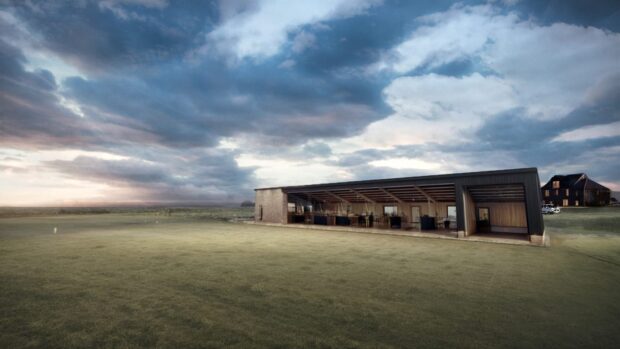As with all things sporting at the moment, the fate of The Open Championship in 2020 is entirely and properly secondary to the simple facts and necessities of the coronavirus pandemic.
No question that is foremost in the R&A’s internal discussions about what to do about the scheduled date for the championship at Royal St George’s on July 16-19.
We’ve really known for weeks that date wasn’t going fit, not just because that the pandemic is unpredictable with no set date of relief, but for the pragmatic reasoning that preparation of the Sandwich site for the 200,000-plus spectators has to begin in the next week or so.
Any significant delays – and we know they will be – make July untenable. But the idea that The Open should just be cancelled outright without every effort being made to get it played in 2020 doesn’t sit well at all.
The reasoning, if the report from Golf Digest is to be believed, is that the R&A is insured for cancellation and therefore avoids any financial hit.
Great for them, but is it that great for golf?
There is real hope that by August and September we might be able to play mass-audience sports again, and Sandwich is the one Open venue which could host well into the autumn in temperate conditions.
The Open styles itself – accurately – as the original major. Whatever the façade of Augusta or the attraction of a Ryder Cup, it should regard itself as the most important golf event of the year, every year. It is just that for so many, across the world.
The other majors already postponed, the Masters and the PGA, clearly want to play later in the year if they can. Surely it’s incumbent on the R&A to move every obstacle to get the Open played sometime in 2020, if it is at all possible.
We understand that it might be financially beneficial to cancel, and R&A chief executive Martin Slumbers continually reminds us of the crucial place The Open’s profits have in funding golf worldwide.
But Slumbers told us a few weeks ago that while the first few years in his tenure were about maximising the business, money-making end of the R&A’s operations, the remainder would focus on participation. How does it help participation cancelling the premier event in the sport, especially if it possibly can be played?
If cancellation is eventually inevitable, so be it. But we’re surely a long way short of that just yet.
